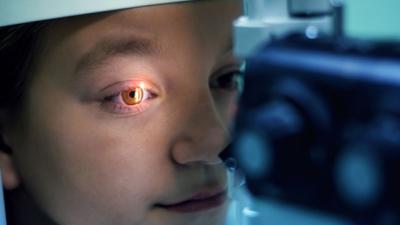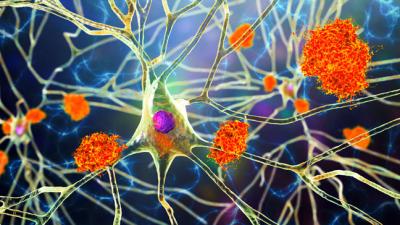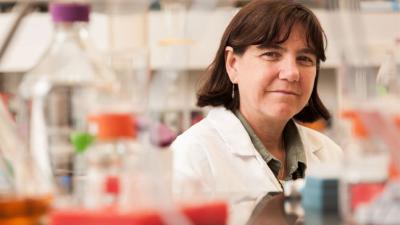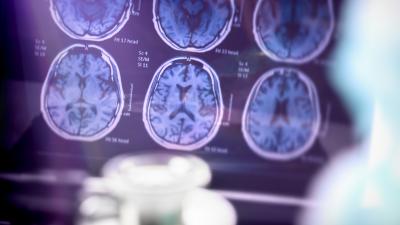Rensselaer Researcher To Develop Drug for Rare Childhood Disease That Leads to Blindness
Rensselaer Polytechnic Institute’s Christopher Cioffi, Ph.D., Thomas and Constance D’Ambra Professor in Organic Chemistry, has received a $2.5 million grant from the National Institutes of Health, along with Konstantin Petrukhin of Columbia University and Gennadiy Moiseyev of Wake Forest University. The grant will enable the team to design a drug to treat Stargardt disease, a rare retinal disorder.









